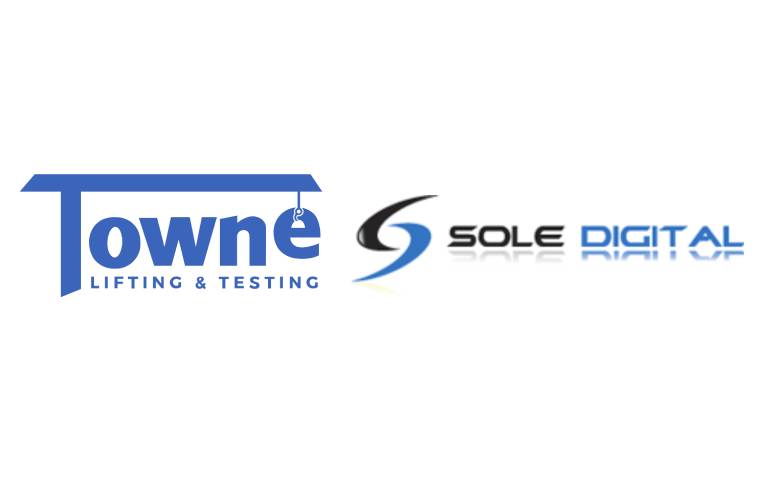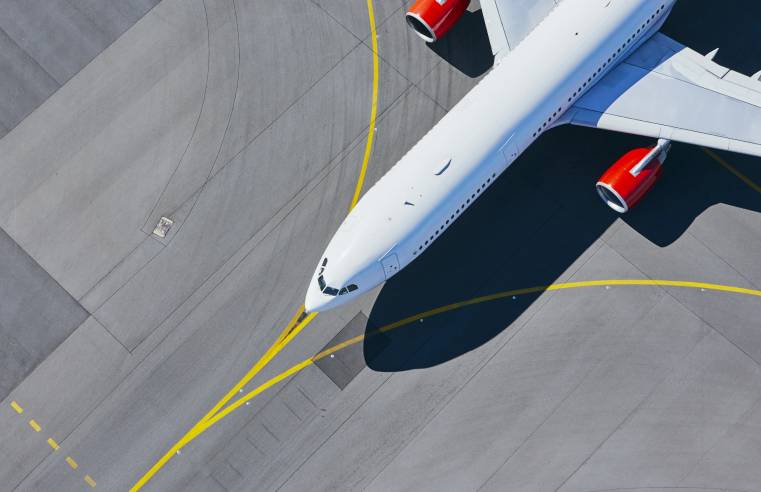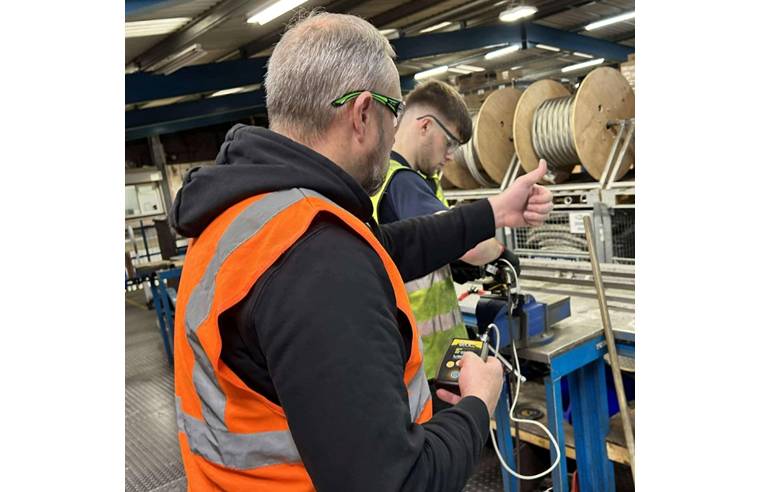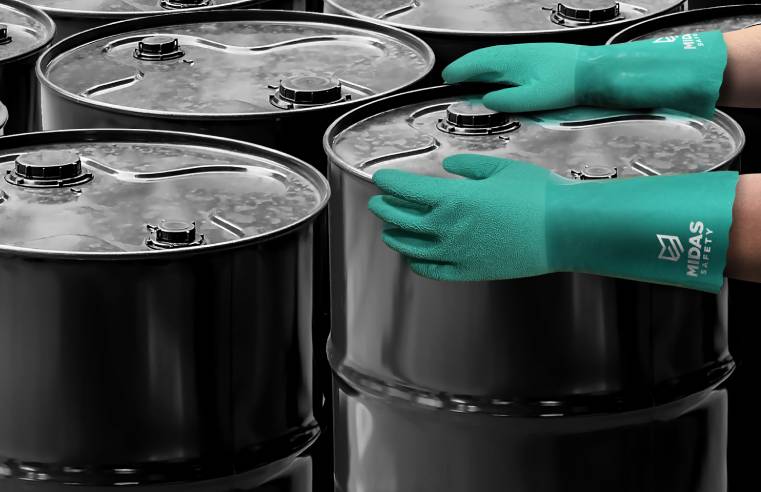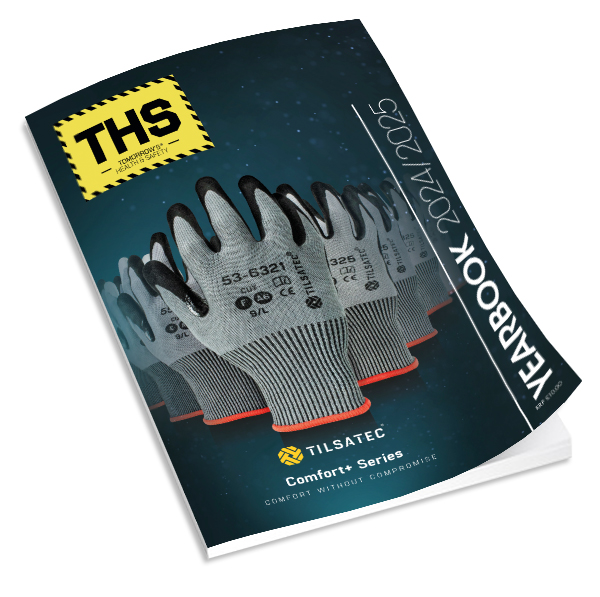Teams on Ferrovial Construction sites at Heathrow Airport are benefiting from Reactec’s new proximity warning system, R-Link, which helps to protect workers from moving vehicles during night-time runway repairs.
Ferrovial Construction delivers improvement works at the airport where it is vital that people are protected from moving vehicles while working within the live environment.
Bill Mitchell, Ferrovial Construction’s Head of Safety for the H7 Programme, explained: “We work in a busy environment at the airport, and we regularly review our procedures to ensure people are distanced from plant as much as reasonably practicable. Whilst we have not incurred any incidents involving plant and people on our projects, it is a growing concern at Heathrow and the wider construction industry. In reviewing accidents involving plant and vehicles elsewhere in the industry, we identified that some of these incidents could be avoided and decided to investigate the role that technology could play in reducing the level of risk.”
In July 2022, Reactec launched R-Link, a third-generation workplace wearable which provides a data driven insight into a range of health and safety risks, from hand-arm vibration (HAV) exposure to the detection of dangerous proximity to moving vehicles and active machinery.
Using the R-Link smart watch, and fully integrated ecosystem, Ferrovial Construction were able to create exclusion zones around vehicles and warn team members when they were in close proximity of a hazard in real time. Of equal importance, data collected by R-Link is brought to life by Reactec’s cloud-based Analytics software to inform safer ways of working. Highlighting again the Reactec approach to preventing, rather than simply mitigating, workplace health and safety issues.
The R-link proximity warning system uses beacons attached to vehicles, or other hazards, to create exclusion zones which warn the pedestrian wearing the R-Link watch that they are too close. The Reactec Analytics turns the R-Link smart watch data on the interaction between pedestrian and hazard into actionable intelligence on near misses and hot spots of dangerous behaviour, to help employers implement more effective controls and segregate workers from dangerous situations.
Following a successful two-day trial with two airport nightshift teams – one using R-link alerts and the other team with alerts switched off – the alerted workers wearing the R-link watch recorded 82% less incursion time than the unalerted workers.
Commenting on the trial, Reactec Business Development Director, Tracey Gorman, said: “It was exciting to participate in the trial, seeing first-hand the speed the vehicles move, and the pace of the work was eye opening. Reviewing the data post-trial evidenced the gains on behavioural awareness.”
Commenting on R-link, Ferrovial Construction’s Senior Project Manager Alberto de Fuentes said: “From runway repair works at night, to time constraints surrounding runway availability, the health and safety of our people, stakeholders and end users is at the core of our planning. Whilst nothing is better than a physical barrier between plant and people, the Reactec watch has the potential to provide an additional level of control. We have previously used Reactec technology, HAVWEAR, to support the management of hand arm vibration. Using R-Link bolsters our safety procedures and will reduce our risk of incident and accidents.”
Jacqui McLaughlin, Reactec CEO, added: “Ferrovial Construction has a keen sense of the value of innovation and a proactive approach to supporting workplace health and safety. The trial with their Heathrow Airport construction team was a success and we look forward to ensuring that the construction and engineering firm realises the full benefits of Reactec’s proximity warning system, and the greater functionality of R-Link, as we expand its features going forward.”
Read the full case study here.







